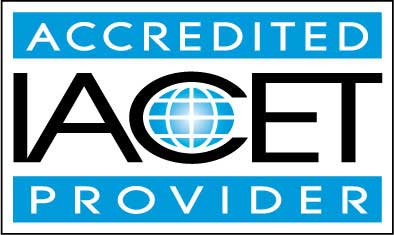Course Description
Welcome to the amazing world of butterflies! Most of us have seen butterflies in our backyard, and admired them, but many of us don't know much about them. In this course on Butterflies, we'll introduce students into the fascinating world of the butterfly. Students will learn the basics regarding butterfly anatomy, including how a butterfly flies. Understanding the lifecycle of butterflies, from egg to adult, is a fascinating metamorphosis, one of the most unique found in nature.
Throughout this course, students will learn about different types of butterflies, the difference between a moth and a butterfly, and how butterflies are classified in families and species. Butterfly habitats are as diverse as the types and colors of butterflies in our environment, and students will learn about butterfly habitats, their favorite plants and flowers found in their own backyard to those that populate certain geographical regions. In addition to learning about butterfly habitats, students will learn the basics regarding the raising of butterflies based on region, as well as the type of equipment you may need to properly capture and care for your butterflies.
This course will also focus on butterfly taxonomy and etymology, further exploring the classification of butterflies according to behaviors, species, and habitats, as well as how butterflies got their name. We'll explore some fun and interesting facts about butterflies, as well as more serious topics such as the importance of butterflies in numerous cultures throughout the world, based myths, legends, art and history.
Finally, we'll conclude the course would an explanation of exactly what butterflies do (other than look pretty) in our environment, the food chain, and in the propagation and pollination of plants.
- Completely Online
- Self-Paced
- Printable Lessons
- Full HD Video

- 6 Months to Complete
- 24/7 Availability
- Start Anytime
- PC & Mac Compatible
- Android & iOS Friendly
- Accredited CEUs

Learning Outcomes
- Define the three main body parts of a butterfly and describe their specific functions.
- Identify and illustrate the stages of a butterfly's life cycle and explain the significance of each stage.
- Identify the ecological roles and adaptations of butterflies, including their contributions as pollinators and their use of camouflage and mimicry for defense.
- Define the four distinct stages in the life cycle of a butterfly, from egg to adult, highlighting key transformations and functions in each stage.
- Identify adaptive strategies of butterflies, including mimicry and camouflage, that aid in survival and ecological balance.
- Recognize the classification features and ecological roles of various butterfly families such as Skippers, Brush-footed, and Swallowtails.
- Describe the migratory patterns of monarch butterflies, detailing how they navigate vast distances and the environmental factors influencing their migration.
- Identify the various ecological regions that serve as butterfly habitats, explaining the key characteristics that support specific butterfly species.
- Define the hierarchical structure of butterfly taxonomy by accurately listing and describing each taxonomic rank within Lepidoptera.
- Identify and analyze the role of modern technologies like DNA sequencing and AI in advancing the classification and understanding of butterfly species.
- Describe the process of building a butterfly-friendly habitat, focusing on the selection of plants, environment setup, and maintenance required to support butterfly life cycles.
- Identify the geographic conditions necessary for specific butterfly species to thrive and detail the relationship with their host plants.
- Define the linguistic and cultural significance of the word 'butterfly' by identifying at least three cultural interpretations across different societies.
- Demonstrate mastery of lesson content at levels of 70% or higher.
Assessment Guide
| Assessment | Points |
|---|---|
| An Introduction | 1 points |
| Lesson 1 Exam | 9 points |
| Lesson 2 Exam | 9 points |
| Lesson 3 Activity | 1 points |
| Lesson 3 Exam | 9 points |
| Lesson 4 Activity | 1 points |
| Lesson 4 Exam | 10 points |
| Lesson 5 Exam | 10 points |
| Lesson 6 Activity | 1 points |
| Lesson 6 Exam | 10 points |
| Lesson 7 Exam | 10 points |
| Lesson 8 Exam | 10 points |
| Lesson 9 Activity | 1 points |
| Lesson 9 Exam | 10 points |
| Lesson 10 Activity | 1 points |
| Lesson 10 Exam | 10 points |


